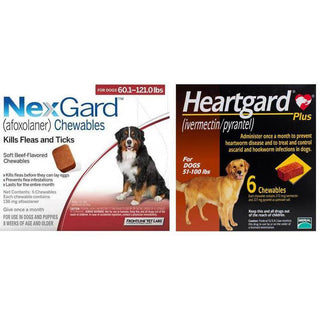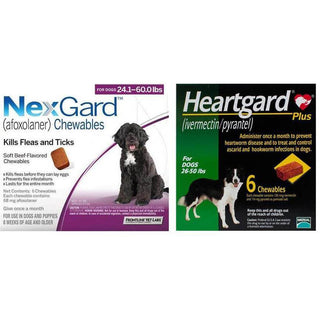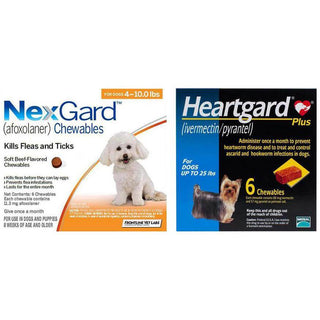
Dehydration is a serious health concern in cats that often goes unnoticed until it becomes a medical emergency. While cats are known for their independence and low water intake, prolonged dehydration can lead to urinary tract infections, kidney issues, and other complications. Understanding the signs, causes, and methods for managing dehydration in cats is essential for every responsible pet owner.
In this blog, we’ll help you recognize the warning signs of dehydration in cats and share practical tips to make sure that your feline friend stays hydrated and healthy.
🐱 What Is Dehydration in Cats?
Dehydration occurs when a cat’s body loses more fluids than it receives, resulting in an imbalance of essential water and electrolytes necessary for normal bodily functions. Water is essential for maintaining blood flow, digestion, waste elimination, and regulating body temperature. Without adequate hydration, your cat’s organs can begin to fail.
🚨 Common Causes of Dehydration in Cats
Several factors can contribute to dehydration in felines:
- Low water intake – Cats, especially those on a dry kibble diet, often don’t drink enough water.
- Hot weather – Heat increases fluid loss through panting and evaporation.
- Vomiting or diarrhea – These symptoms can cause rapid fluid loss.
- Chronic illnesses – Conditions like kidney disease, diabetes, or hyperthyroidism can increase fluid loss.
- Lack of access to clean water – Cats may avoid drinking if the water bowl is dirty or placed in a stressful area.
🔍 Signs of Dehydration in Cats
Cats are masters at hiding illness, so the signs of dehydration may be subtle at first. Look out for the following symptoms:
If your cat seems unusually tired or inactive, dehydration could be the reason.
Dehydrated cats may show little interest in food.
Sunken eyes
This is a more advanced sign of dehydration.
Dry or tacky gums
Healthy cat gums should be moist. Check by gently pressing your cat’s gum with your finger—if the color takes longer to return, it may be a sign of dehydration.
Panting
Unlike dogs, cats don’t normally pant. If your cat is breathing with its mouth open, it may be overheating and dehydrated.
Reduced skin elasticity
Lightly lift the skin at the back of your cat’s neck, between the shoulder blades. In a well-hydrated cat, it should snap back quickly. If it stays tented or returns slowly, dehydration is likely.
Frequent urination or lack of urination
Both can be signs of a problem. Frequent urination may indicate illnesses that cause fluid loss, while reduced urination may mean your cat is severely dehydrated.
🏥 When to See a Vet
If your cat shows multiple signs of dehydration or has ongoing vomiting, diarrhea, or underlying conditions like kidney disease, don’t delay a visit to the vet. Severe dehydration requires intravenous (IV) fluids and medical care.
💧 How to Keep Your Cat Hydrated
Prevention is always better than a cure. Here are practical ways to encourage hydration:
1. Provide Fresh, Clean Water
Change your cat’s water at least once a day. Ensure bowls are washed regularly and stored away from litter boxes and noisy appliances.
2. Use a Cat Water Fountain
Many cats prefer running water. Pet fountains mimic natural water sources and can entice cats to drink more.
3. Offer Wet Food
Canned cat food contains up to 75% moisture compared to only 10% in dry kibble. Adding wet food to your cat’s diet can significantly improve hydration.
4. Add Water to Meals
Mixing a tablespoon or two of water with your cat’s wet or dry food can help increase water intake.
5. Flavor the Water
Adding a bit of tuna juice (in water, not oil) or low-sodium chicken broth can make water more appealing to picky drinkers.
6. Multiple Water Stations
Place water bowls in different areas of your home so your cat always has easy access to water.
7. Keep the Environment Cool
Especially during summer months, ensure your home is cool and well-ventilated to reduce water loss through panting.
🧪 Monitoring Hydration at Home
You can routinely check your cat’s hydration using the skin elasticity test and by observing their eating, drinking, and bathroom habits. If you’re ever unsure, it’s best to consult a veterinarian for guidance.
✅ Conclusion
Hydration is essential for your cat’s overall well-being and health. By recognizing the signs of dehydration early and making a few changes to your cat’s routine, you can prevent severe health issues and keep your feline friend happy and healthy.






